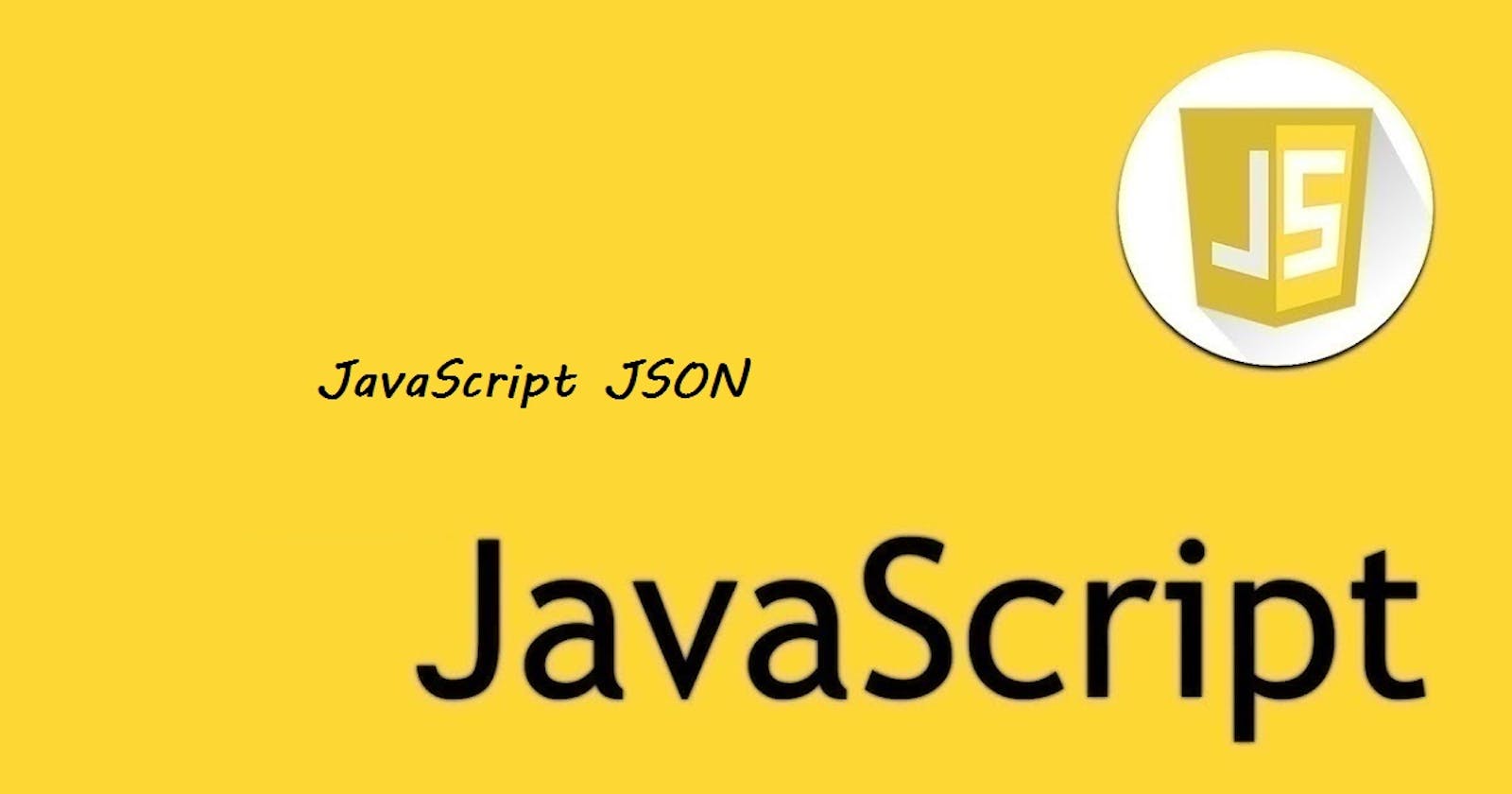Table of contents
JSON stands for JavaScript Object Notation, which is a lightweight format for data interchange. It is easy for humans to read and write, and easy for machines to parse and generate. In JavaScript, JSON is a native data format that can be easily parsed and manipulated.
JavaScript Object Notation (JSON) is a lightweight and easy-to-use data interchange format. It is a text-based format that is language-independent, meaning that it can be easily used with a variety of programming languages, not just JavaScript.
JSON uses a simple syntax that is derived from JavaScript object notation. JSON data is represented as a collection of key-value pairs, where the keys are strings and the values can be strings, numbers, boolean values, null, arrays, or other objects.
JSON Syntax
The JSON syntax is derived from JavaScript object notation syntax, but it is a text format that is completely language independent. JSON data is represented as key-value pairs, where the key is a string enclosed in double quotes, and the value can be a string, number, boolean, null, object or an array. The syntax of a JSON object is as follows:
{
"key1": "value1",
"key2": "value2",
"key3": {
"key4": "value4",
"key5": "value5"
},
"key6": ["value6", "value7"]
}
In this example, we have a JSON object with six key-value pairs. The values can be strings, objects, or arrays.
JavaScript JSON Object
In JavaScript, the JSON object provides methods for parsing JSON data and converting JavaScript objects to JSON data. The JSON object has two methods:
JSON.parse(): This method parses a JSON string and returns a JavaScript object.Syntax:
JSON.parse(jsonString)Example:
const jsonString = '{"name": "John", "age": 30, "city": "New York"}'; const obj = JSON.parse(jsonString); console.log(obj); // Output: {name: "John", age: 30, city: "New York"}In this example, we have a JSON string and we use the
JSON.parse()method to convert it to a JavaScript object.JSON.stringify(): This method converts a JavaScript object to a JSON string.Syntax:
JSON.stringify(obj)Example:
const obj = {name: "John", age: 30, city: "New York"}; const jsonString = JSON.stringify(obj); console.log(jsonString); // Output: '{"name":"John","age":30,"city":"New York"}'In this example, we have a JavaScript object and we use the
JSON.stringify()method to convert it to a JSON string.JSON and AJAX: AJAX (Asynchronous JavaScript and XML) is a technique used to create fast and dynamic web pages. AJAX uses JavaScript to communicate with a server and update parts of a web page without reloading the entire page.
JSON is commonly used with AJAX because it is a lightweight format that can be easily transmitted between the client and server. Here is an example of how JSON can be used with AJAX:
const xhttp = new XMLHttpRequest(); xhttp.onreadystatechange = function() { if (this.readyState == 4 && this.status == 200) { const response = JSON.parse(this.responseText); console.log(response); } }; xhttp.open("GET", "https://example.com/api/data", true); xhttp.send();In this example, we use the
XMLHttpRequestobject to send a GET request to an API endpoint. When the server responds, we use theJSON.parse()method to convert the response text to a JavaScript object.
Summarizing Up
JSON is a simple and lightweight data format that is easy to read and write. It is widely used in web development for data exchange and communication. JavaScript provides native support for JSON through the JSON object, which can be used to parse and stringify JSON data.
JSON is widely used in web development for data exchange between the client and the server, particularly in the context of AJAX (Asynchronous JavaScript and XML) requests. JSON is preferred over XML because it is more lightweight and easier to parse, making it a better choice for mobile devices and low-bandwidth connections.
Overall, JSON is a simple, versatile, and widely-used data format that plays a crucial role in modern web development.
